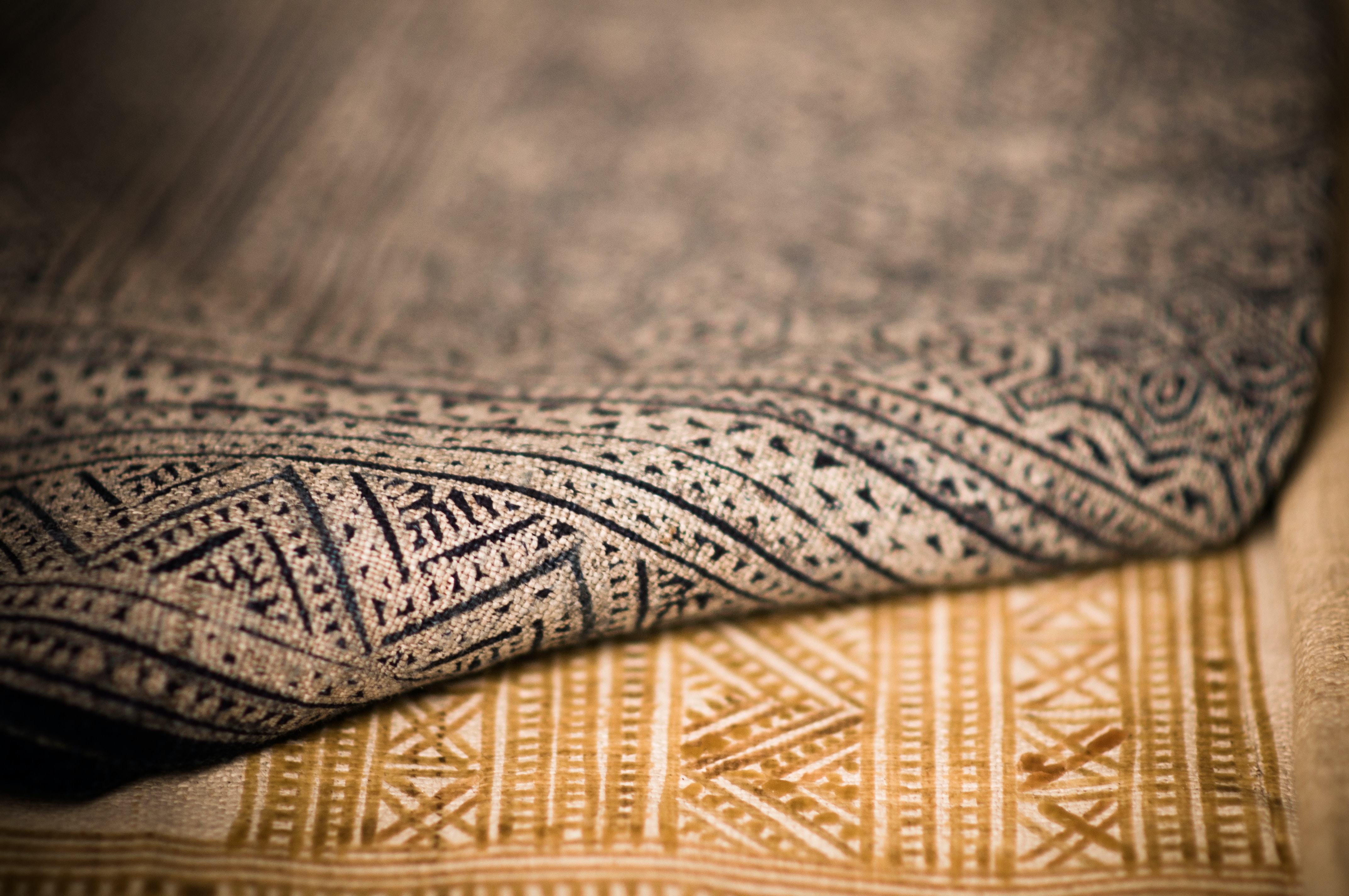The Allure of Indian Rugs: A Comprehensive Guide to Indian Handicraft
- Home
- Tabrizi Rugs Blog
- The Allure of Indian Rugs: A Comprehensive Guide to Indian Handicraft

Indian rugs captivate with their cultural richness, intricate designs, and vivid colors. If you're contemplating adding an Indian rug to your home, you're in the right place. This guide will walk you through the deep history, craftsmanship, and reasons to choose an Indian rug for your living space.
The Rich Tapestry of Indian Rugs
History and Origin
The tradition of Indian rug-making dates back to the Mughal Empire, heavily influenced by Persian aesthetics and methods. Over time, the craft has evolved, incorporating indigenous Hindu and Buddhist motifs. Various regions in India have also developed their unique styles based on local cultural influences, raw material availability, and historical trade relationships.


Key Features
- Material: Wool, cotton, and silk are the primary materials, each offering distinct advantages in terms of durability and luxury.
- Design: Expect to see geometric shapes, religious symbols, and patterns inspired by nature.
- Colors: The use of natural dyes for deep hues like red, blue, and green makes these rugs long-lasting and eco-friendly.
Craftsmanship Behind Indian Rugs
The artistry involved in Indian rug-making is awe-inspiring. Craftsmen often undergo rigorous apprenticeships to master the intricate techniques of weaving, dyeing, and pattern-making.
Weaving Techniques
Indian rugs are typically made using one of two techniques: hand-knotting or hand-tufting. Hand-knotted rugs are more time-consuming to produce but offer a higher level of detail and durability. Hand-tufted rugs are quicker to make and are generally more affordable.
Natural Dyes
Traditionally, Indian rug-makers employ natural dyes sourced from plants, minerals, and even some insects. These dyes contribute to the rugs' longevity and make each piece unique.
Pattern Complexity
The complexity of patterns can range from simple geometric shapes in Dhurrie rugs to elaborate floral and paisley designs in luxury Kashmir rugs.
Reasons to Opt for an Indian Rug
- Cultural Heritage: Each rug is a piece of Indian culture, imbued with regional stories and artistry.
- Versatility: Indian rugs can complement a wide array of interior styles.
- Durability and Longevity: Particularly if you opt for a hand-knotted rug made from quality materials.
- Value for Money: They offer an affordable yet high-quality alternative to some other types of traditional rugs.
Buying Tips
- Size and Placement: Measure your space beforehand.
- Material: Choose the material based on your specific needs and the area where the rug will be placed.
- Budget: Have a price range in mind before shopping.
- Vendor Verification: Ensure you're purchasing from a trusted source.
Indian rugs are more than just decorative items; they are works of art with historical significance and cultural depth. Their versatility, durability, and affordability make them a compelling choice for any home.
Shop Indian Rugs at Tabrizi Rugs
At Tabrizi Rugs, we provide a curated selection of high-quality Indian rugs designed to suit diverse styles and budgets.
Categories
Recent Posts

 CA ($CAD)
CA ($CAD) 